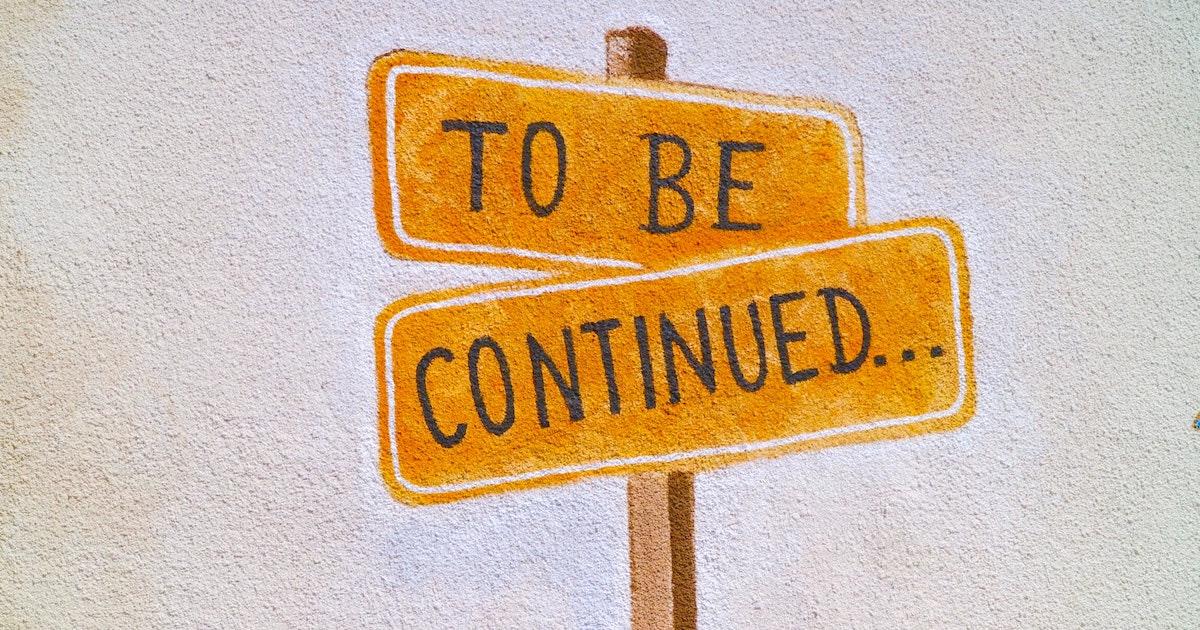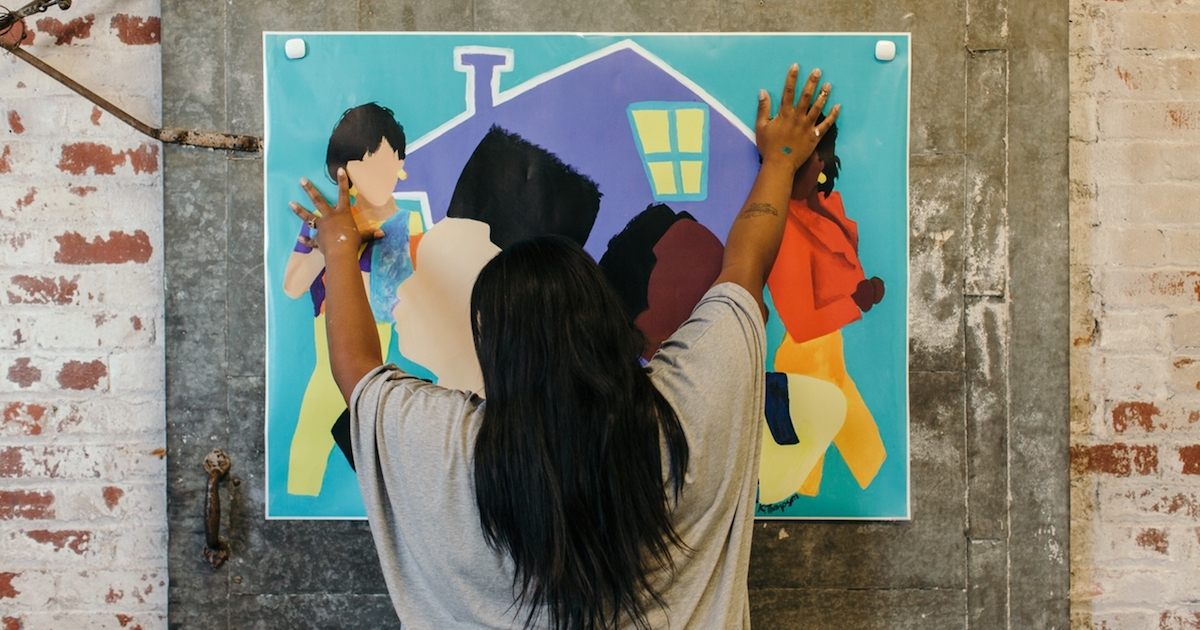
4 Fool-Proof Inclusive Education Strategies All Teachers Need ASAP
It's one thing to talk about how inclusion is beneficial, [...]
The team of educators—of which I was one—and family members piled papers, pens, and highlighters into backpacks and purses. We had just completed an annual Individualized Education Program (IEP) meeting, a yearly review of special education services and hallmark of the Individuals with Disabilities Education Act (IDEA), which guarantees a “free and appropriate public education,” otherwise known as FAPE.
“I always feel like I say too much at these meetings,” a general education teacher confessed. “Y’all probably just kept thinking, when is she going to shut up!”
As the rest of us laughed, a member of our group spoke up, “We need your input, a lot of times, the ‘gen ed’ teacher doesn’t say a word.”
Sadly, it’s true. In many of the IEP meetings I attend, the role of the general education teacher (though a required participant) is an afterthought. The question, “Who can we get to be the ‘gen ed’ representative?” is answered by begging and pleading for someone to come to the meeting.
For special education teachers, this scenario is all too familiar. It is a symptom of a broken system that pits the time and resources of special and general education teachers against each other, instead of working together. When it does work, it is magical. The line between “your” students and “my” students is blurred, and teachers are just teachers.
General education teachers typically don’t understand why they are needed for IEP meetings since it is only a special education “thing.” Here is why we need you: You may be the only person who can speak about the grade-level curriculum or the resources that are available to every student in a school. Special education teachers are experts in interventions for learning disabilities and behavior—but not about the school reading program.
That is not the only thing that general education teachers can learn from special education teachers. Here are a few more.
If there is a child in your classroom, it’s your student. There is no other way to look at it. This comes down to mindset. Look at your school or district mission statement. Does it make a distinction about student success for all students of only the “gen ed” kids? Hopefully not. It shouldn’t make any difference; all teachers teach all students.
All students desire to be accepted for who they are. Students with disabilities are often the subject of ridicule by typically developing students; they feel different because of how they think or act. Whether or not you believe they understand this concept, they do on many levels. Teachers, love your students like you want to be loved. The very act of loving them will help them love and accept themselves.
There are layers to the interventions that special education teachers use for students with disabilities, but many of the strategies are simple best practices for all students. Consider the environmental accommodations for a student with autism spectrum disorder (ASD) in a general education classroom. The use of visuals to give directions, break activities into a few discrete steps, and add transition warnings are fantastic not only for the student with ASD but also for everyone else.
| University and Program Name | Learn More |
|
Merrimack College:
Master of Education in Teacher Education
|
We have to remember what public school was like before 1975. Students with disabilities had no guaranteed right to even be in the school building. Does your child have cerebral palsy? Too bad, we can’t accommodate them here. Oh, they have vocal tics? Sorry, it’s just too disruptive for all the other students and teachers. Does your child have an intellectual disability? They should probably be institutionalized.
Over 40 years of research and case law has refined the concept of the Least Restrictive Environment (LRE) that a student with disabilities should be educated. Simply put, a student cannot be removed from being taught alongside their typically developing peers unless all attempts have been made to provide the needed supplementary aids and services. In many cases, teachers and school administration become impatient with this process, leaving the special education teachers to advocate for their students.
For special and general education teachers to work together for the good of all students, we need to trust each other. If general education teachers can learn how to lean on the expertise of their counterparts, a symbiotic relationship can emerge. We are all teachers. Now, let’s teach some kids.
Questions or feedback? Email editor@noodle.com

It's one thing to talk about how inclusion is beneficial, [...]

Relationships are crucial in education,no matter who you're teaching. [...]

Make sure your priorities as a special education teacher line [...]

No amount of research is going to sway anyone to [...]
Categorized as: Special Education, Education & Teaching